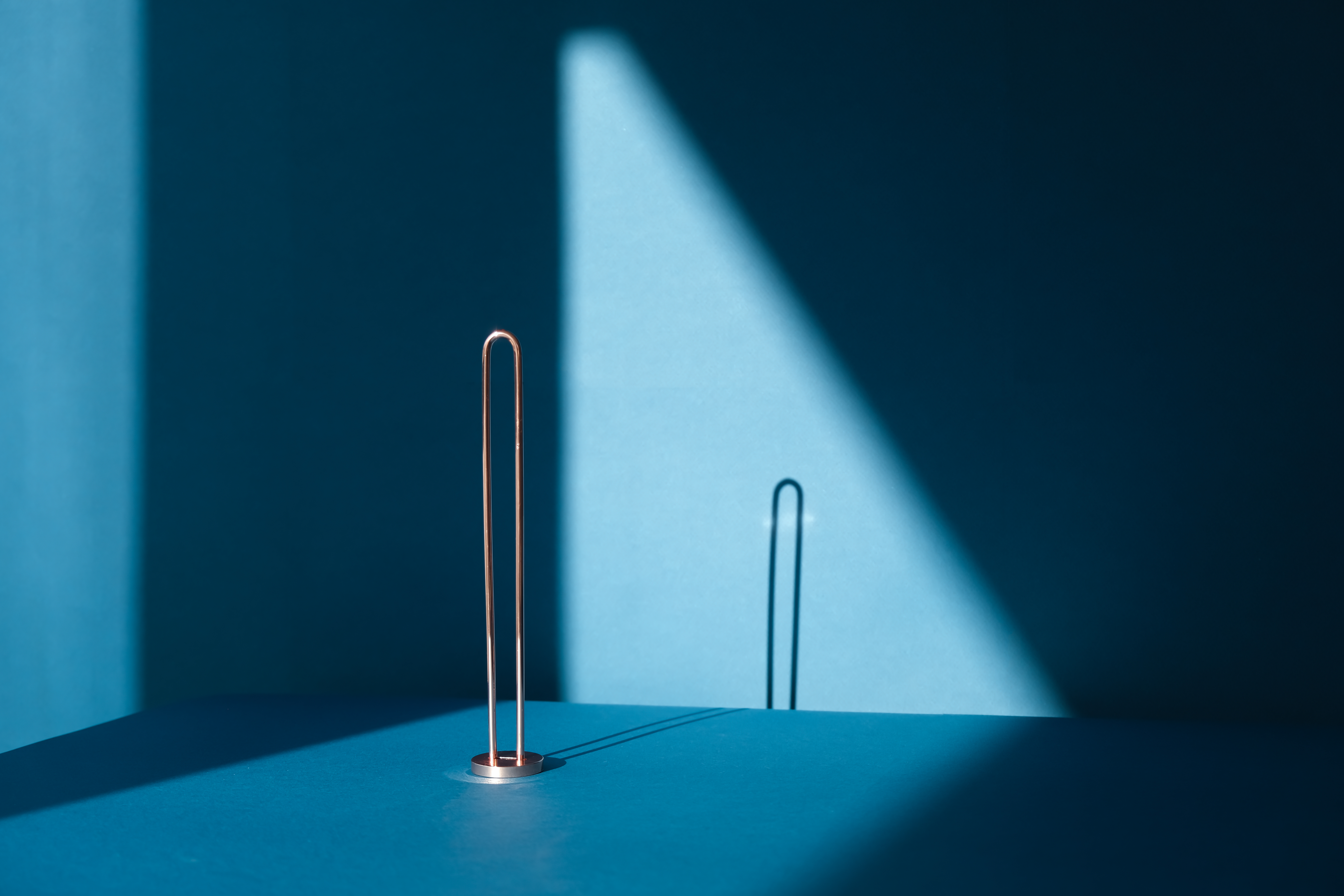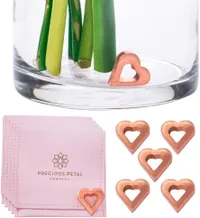Will putting a penny in a vase make flowers last longer? The secret to this centuries-old trick, and how to modernize it
Part of the beauty of flowers is their ephemeral nature, but this trick allows you to enjoy them for just a little bit longer


As the saying goes, nothing good lasts forever. In fact, some of the loveliest things in this world are the most fleeting, flowers being one of them.
Nothing quite compares to being gifted a beautiful bouquet of blooms, but even the beauty of the longest lasting flowers is short-lived. Of course, this is part of what makes them so special, but most of us wish they'd last just a little bit longer.
Well, with the help of this old-school hack, they can. If you've ever seen your older relatives throw a penny in the bottom of their vase of flowers, they had good reason. The copper found in old coins is a natural fungicide that can help keep bacteria at bay, preventing your flowers from dying prematurely. The only trouble is, most coins no longer contain enough copper to make a difference, but this clever designer has come up with a modern solution that you'll definitely want to know about.

Lilith is an expert at following news and trends across the world of interior design. She's committed to sharing articles that help readers find the best hacks that make home life easier and, as a lover of flowers, that includes making them last longer. Here, she speaks with the designer behind a clever vase trick for keeping flowers fresh.
Did you ever watch your grandma drop a penny into her vase of carnations when you were young? You probably didn't think twice about it. Perhaps she was hoping it would bring good luck, or maybe you thought she was just having a senior moment... Well, she actually knew exactly what she was doing.
This clever trick for keeping cut flowers looking fresh has been around for centuries - as long as copper currency has been in circulation, in fact - but how does it work? Well, as a metal, copper is a natural fungicide, capable of killing bacteria build-up in water which can make your flowers die quicker. By placing a penny (or another material containing copper) into your flowers' water, you can help keep them fresher for longer.
Sadly though, this ingenious technique is slowly being consigned to history. Only coins produced before 1982 contain enough copper to keep your flowers in bloom, as this was the year that the US mint started to make them out of copper-plated zinc instead of pure copper. Modern pennies now only have a 2.5% composition of copper which isn't enough to keep bacteria at bay.
The good news is, you can still use copper to keep your cut stems thriving and prevent your flowers from dying prematurely, and smart innovations specially designed for your flower vases now exist. One of those is down to the work of the sustainable plant pot brand POTR's co-founder, Andrew Flynn. He's harnessed the spirit of his gran’s old-school trick by designing a self-cleansing, flat-pack vase with a copper rod to improve the lifespan of your floral arrangements.
The Livingetc newsletters are your inside source for what’s shaping interiors now - and what’s next. Discover trend forecasts, smart style ideas, and curated shopping inspiration that brings design to life. Subscribe today and stay ahead of the curve.

'A core principle at POTR is "Grow More, Waste Less",' Andrew explains. 'We utilize material science and engineering to provide simple and effective solutions to provide people with hassle-free plant and floral care. We also understand people lead busy lives, so our products are designed to keep your flora thriving so you don’t have to.'
Having watched his Gran toss pennies into her flowers as a kid, he's been on a mission to modernize the idea ever since. 'Over the last year, I’ve been working to bring this old technique into the 21st century, and we’re launching a new innovation which helps prevent flower wastage and keep your flowers alive for longer.'
The POTR copper stem is designed to nestle amongst your flower stems within a vase, acting as an antimicrobial rod and utilizing the natural fungicidal properties of copper to extend the life of your flowers.
'For the process to work, a pure grade of copper is required to effectively neutralize bacteria,' says Andrew. 'The Copper Stem is engineered from 95% pure copper ensuring the anti-microbial process works effectively.'

The stem is also available in a care kit which includes POTR's unique flat-pack letterbox vase. Made from recycled polypropylene and high-grade silicone rubber, the vase's origami-inspired design allows it to be shipped flat, springing into form directly out of the packaging.
'Flowers are timeless in the sense they’ll always bring smiles to people’s faces, especially in big moments in people’s lives,' says Andrew. 'In my gran’s age, they had the copper penny trick to keep them alive and flourishing. I’m very proud to have been able to look to the past and bring that simple idea into the modern age, utilizing new materials and technology to ensure the flowers stay in full bloom as long as they deserve to.'
When it comes to keeping cut flowers looking fresh, these little copper charms from Amazon are a great option. Made of 100% copper, they're thicker and heavier than an old penny and better looking too, (available in both heart or star shapes). They're reusable, eco-friendly, and come in a suede cloth bag for safe-keeping between uses.

Lilith Hudson is a freelance writer and regular contributor to Livingetc. She holds an MA in Magazine Journalism from City, University of London, and has written for various titles including Homes & Gardens, House Beautiful, Advnture, the Saturday Times Magazine, Evening Standard, DJ Mag, Metro, and The Simple Things Magazine.
Prior to going freelance, Lilith was the News and Trends Editor at Livingetc. It was a role that helped her develop a keen eye for spotting all the latest micro-trends, interior hacks, and viral decor must-haves you need in your home. With a constant ear to the ground on the design scene, she's ahead of the curve when it comes to the latest color that's sweeping interiors or the hot new style to decorate our homes.
